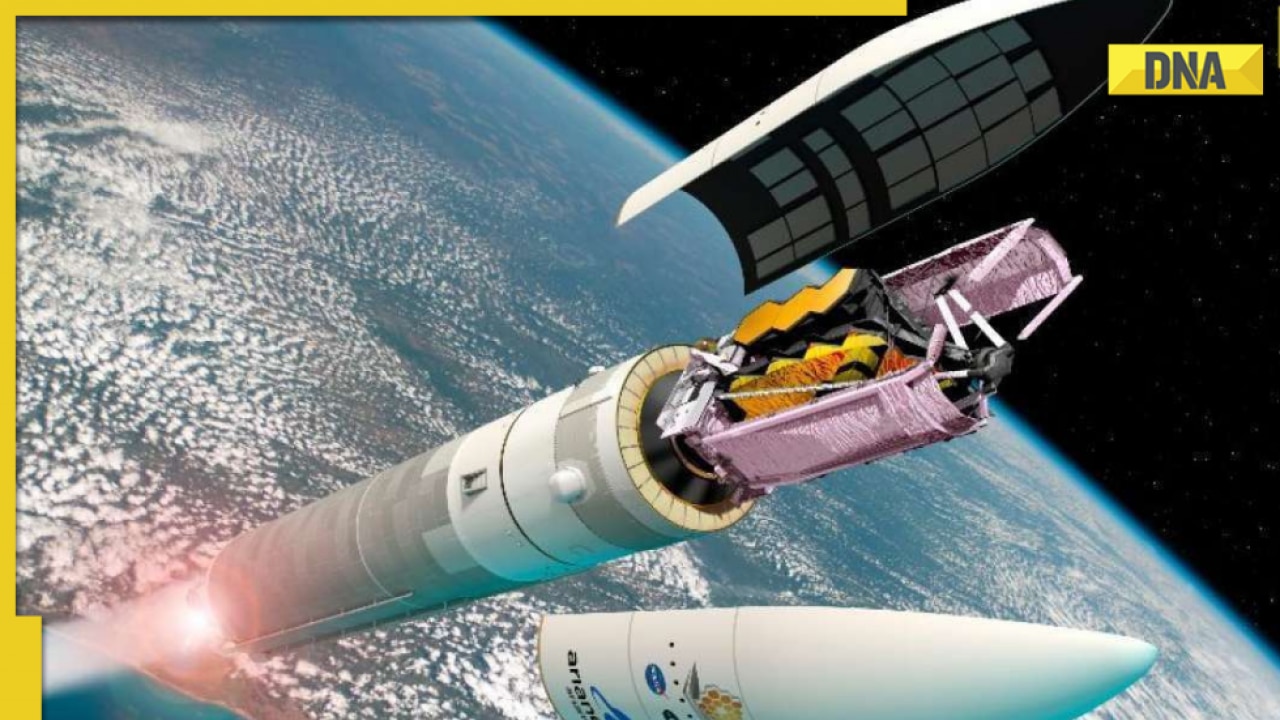Reported By: | Edited By: DNA Web Team |Source: DNA Web Desk |Updated: Dec 11, 2022, 05:21 PM IST
| Edited By: DNA Web Team |Source: DNA Web Desk |Updated: Dec 11, 2022, 05:21 PM IST
NASA Artemis 1 Orion spacecraft to splash down on Earth TODAY: Know how to watch live
The Orion spacecraft of the Artemis 1 project is currently spending its final day in orbit, and NASA teams aim to splash down in the Pacific Ocean near Guadalupe Island at 12:39 EST (11.09 PM IST)
On November 16, the NASA Orion capsule was safely launched by the Artemis 1 mission into outer space. Now, nearly a month later, it is time for the spacecraft to return to Earth.
One of the trickiest parts of the Artemis-1 moon mission is Orion's return. At nearly 32 times the speed of sound, or about 25,000 mph (40,000 kph), the capsule will crash into the Earth's atmosphere.
How and where to watch Artemis 1 land
The splashdown of the Orion spacecraft will be broadcast live by NASA on its NASA TV app and through the YouTube link below. On December 11, the webcast will begin at 9.30 PM IST.
On December 10, NASA engineers conducted their final in-space developmental flight test for the Artemis 1 mission.
They evaluated the effects of high temperatures on the solar array wings caused by plumes or exhaust gases during the test. To balance torque, the spacecraft's reaction control systems were activated by the flight controllers utilising opposing thrusters.
On Sunday, December 11, at 2.02 AM IST, the space agency also carried out the mission's fifth return trajectory correction. Five hours before the spacecraft hits the atmosphere of our planet, the sixth and final trajectory burn of the mission will take place.
The crew module of Orion will separate from the service module before reentry; the latter will burn up in Earth's atmosphere. However, the communications of the spacecraft will transfer from NASA's Deep Space Network to its Near Space Network soon before the service module separates. Orion will communicate with the space agency's Tracking and Data Relay Satellite (TDRS), which is situated in geosynchronous orbit roughly 35,000 kilometres above our planet, throughout the duration of the mission.
